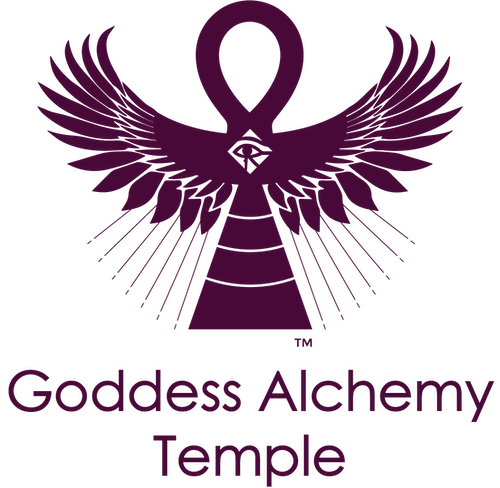19 Feb The Benefits of Epsom and Himalayan Salts in Bathing: A Guide to Natural Relaxation
In the quest for natural relaxation and improved skin health, two types of salts have emerged as favourites among those seeking a holistic approach to wellness: Epsom salt and Himalayan salt. Both have been used for centuries to enhance bathing experiences, offering a myriad of benefits that range from stress relief to skin rejuvenation. In this article, we will explore the unique advantages of incorporating Epsom and Himalayan salts into your bathing routine.
Epsom Salt: The Soothing Solution
Epsom salt, named after the town of Epsom in England, is not a salt but a mineral compound composed of magnesium sulfate. This composition is the key to its therapeutic properties, making it an excellent choice for those seeking relaxation and skin care.
Benefits of Epsom Salt Baths
- Stress Relief and Muscle Relaxation: The magnesium in Epsom salt is renowned for its ability to promote relaxation and reduce muscle tension. This makes it particularly beneficial for athletes and individuals with muscle soreness.
- Skin Health: Epsom salt baths can help soothe sensitive skin by reducing inflammation and irritation. They also provide gentle exfoliation, which can lead to smoother skin.
- Detoxification: While the concept of detoxification through baths is debated, Epsom salt can help remove impurities from the skin, enhancing skin clarity.
Himalayan Salt: The Mineral-Rich Revitaliser
Himalayan salt, sourced from the Khewra Salt Mines in the Punjab region of Pakistan, is celebrated for its rich mineral content, including magnesium, calcium, and potassium. These minerals contribute to its numerous health benefits.
Benefits of Himalayan Salt Baths
- Relaxation and Stress Relief: Similar to Epsom salt, Himalayan salt promotes muscle relaxation and reduces stress due to its magnesium content. It also enhances mood by alleviating anxiety.
- Skin Health: Himalayan salt’s antibacterial properties help cleanse the skin, reducing acne and other skin conditions. It also aids in maintaining the skin’s pH balance, which is crucial for a healthy skin barrier.
- Detoxification and Hydration: Himalayan salt baths are believed to draw out toxins from the body, while its minerals help hydrate the skin, leaving it soft and supple.
Combining Epsom and Himalayan Salts
For an ultimate bathing experience, combining Epsom and Himalayan salts can offer a synergistic effect. The magnesium in Epsom salt complements the mineral-rich properties of Himalayan salt, providing enhanced relaxation, skin nourishment, and detoxification benefits.
How to Use Epsom and Himalayan Salts Safely
To enjoy the benefits of these salts safely:
- Patch Test: Always perform a patch test before using any new bath salts to check for sensitivity.
- Temperature Control: Use warm water to avoid irritating sensitive skin.
- Moisturise: Apply a moisturiser after bathing to lock in hydration.
- Frequency: Limit baths to 2-3 times a week to prevent over-drying the skin.
Conclusion
Incorporating Epsom and Himalayan salts into your bathing routine can be a transformative step towards achieving natural relaxation and improved skin health. By understanding the unique benefits of each and using them safely, you can create a holistic self-care practice that nourishes both body and mind. Whether you seek stress relief, muscle relaxation, or enhanced skin health, these salts offer a natural and effective solution for a more balanced and rejuvenated you.



Sorry, the comment form is closed at this time.